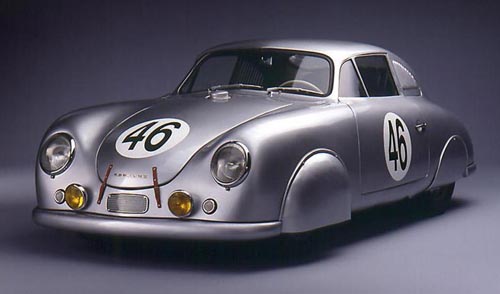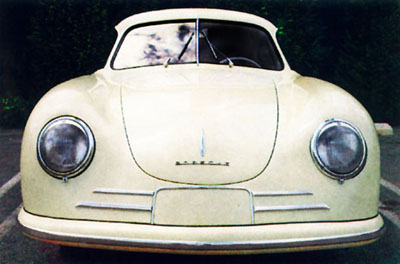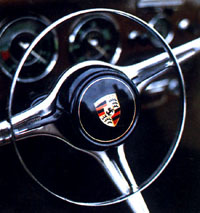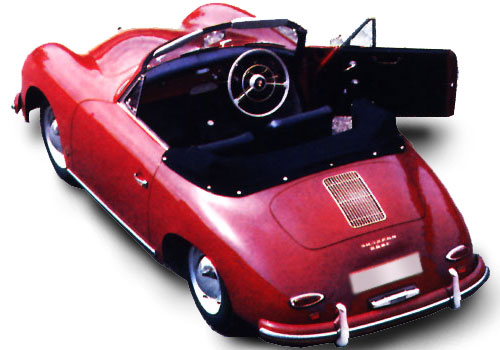|
Grandes Marques PORSCHE 356Grandes Marques have always conceived in the backyard and grown up on race tracks. The event an outcome of an automobilist packed with passion and courage. From De Dion Bouton and Prince Henry to Royal Rolls and Ferrari, the automobile has come a long way. The History and its events are breathtakingly beautiful, a saga of passion, obsession and triumph where dreams are turned into engineering marvels. The saga of the finest and the great cars this world has ever seen. |
|
PORSCHE 356
There
isnít one wrong thing about these Sapphires from Stuttgart. They
feel at home everywhere be it at autobahns, country roads, or race
tracks. The evolution of Porsche is one of interesting struggle and
shrewd fight. The fights to evolve against the horrible devastation
of the world wars and that against those equally fascinating pieces
of automobilia that ruled the world and were born in other parts of
Europe and America. What is common between Prince Henry, Volkswagen
Beetle, King Tiger Tank and Porsche 356...Itís just that they
evolved from the same mind that designed and produced the first
Porsche car. No wonder, the person who designed many a fascinating
machines that stood against time and were regarded as the most
perfect pieces of machineryfromtheirtimewasthebrainchildof356. |
|
PHILOSOPHY |
|
DESIGN |
|
Porsch 356 Frontal View
|
|
EARLIER
TRACK RECORDS People who were quite happy with the reliability pitted it against almost everything that can be put under 4 set of wheels. The car participated in many a hill climbs and races where 356 gave a performance, that normally can be associated with larger engine cars. In 1951 a Porsche 356 driven by Vewillet and Mouche was the first ever Porsche entry in the legendary Le Mans 24-hour race since the war. The 1100cc unit was tuned to give 44bhp, with a special high speed axle and all the four wheels enclosed, the car touched an impressive 100mph thus giving Porsche the first ever Le Mans victory. The Le Mans success was soon followed by yet another success when Von Guilleaume and Count Von Der Munle raced in 1500cc class at Leige-Rome-Leige race finishing 3rdoverall. 1950s Through out the 1950s Porsche saw most of the
components built by them thus phasing out the association with
Volkswagen. In 1955 the 356 was rechristned as 356A after the bore
and stroke was enlarged to get the total volume of 1582cc. North
American markets have always been happy hunting grounds for Porsche.
The 50s saw a new boom in the quality of life of the American
people. Here then the people wanted to express their quality of life
in every possible way. This event coincided with the Porsche
planning to launch a Cabrio version of 356A. It was 61 kgs lighter
than the coupe version. This drop head version was named 1600 super.
The super found a good acceptance in the sunny markets of California
and Florida as it was equally popular with the autobahn police, as
there were very few cars that could get away from a 1600 super on
the autobahn. There have been very few cars that have installed an
institution as strong as 356. |
|
MODERN
PORSCHE
|
|
|
|
PORSCHE
911
|
|
Achieves - BMW
Type 328 |




